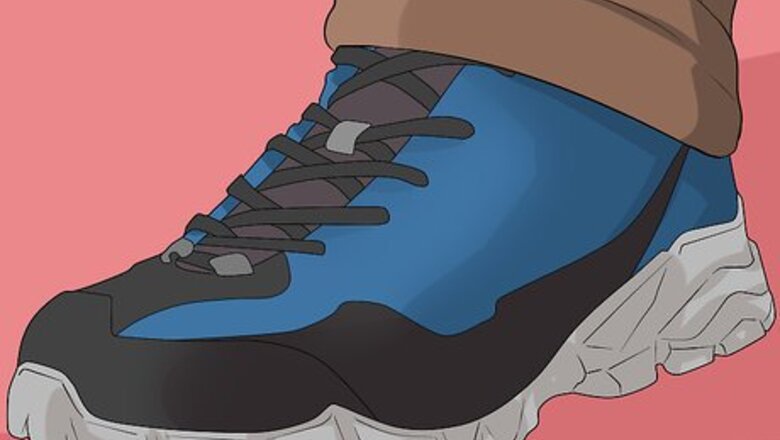
views
Taking Safety Precautions
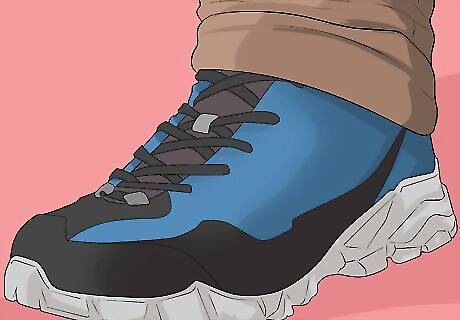
Wear non-slip shoes with good traction. Tiles get slippery, especially once they are wet and covered in a cleaning treatment. Wear shoes with good grip on the soles, such as athletic shoes, to help you maintain your balance as you work. Avoid wearing flip-flops or other slip-on shoes without good traction. Additionally, it’s a good idea to wear old clothes, rubber gloves and eye protection.
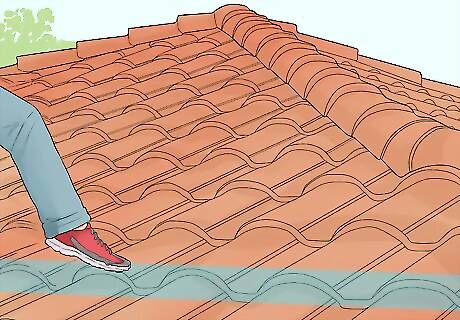
Walk where the tiles overlap. The strongest and sturdiest areas on your tile roof are located where the tiles overlap. If for some reason you are forced to step directly on the tiles, always place your feet on the lower portion. The lower part of the tile has the most support beneath it.
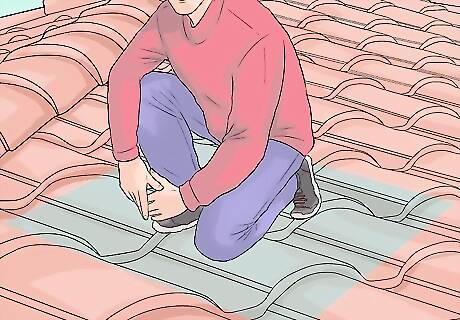
Keep to the flattest and driest areas of your roof. These are the least slippery areas. Plan out your work so that you are always able to work from a dry location on the roof. Try to stay on the flattest areas, as well. Flat areas make it possible to distribute your weight evenly, allowing for better balance and foot traction.

Work with another person. If possible, have a partner help you from the ground. Your partner can pass things up to you, which prevents you from having to go up and down the ladder frequently. A partner will also have a different viewpoint from which to observe the roof, and can help to direct you as needed.

Consider hiring a professional to clean your roof. Even if you take all of the necessary safety precautions, this can still be a dangerous job. This is especially true if you’ve never cleaned your own roof before. For these reasons, most people prefer to hire a professional for this task. The extra expense will be worth it if it means ensuring your own safety. A professional will also have all of the necessary tools and supplies on hand for this job, which means you won’t have to buy them yourself.
Treating Your Tiles
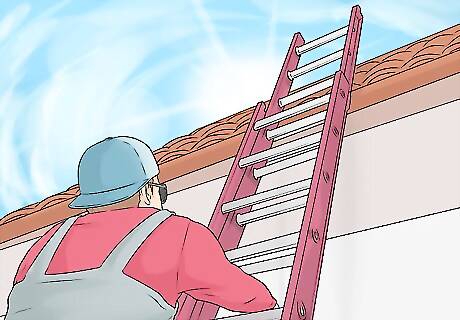
Use a sturdy ladder to get up to the roof. Carefully place your ladder against the building, near the area where you want to start cleaning. If there are areas that allow you to work from the ladder without having to get on the roof itself, take advantage of those. If you have to get immediately on the roof, remember to step where the tiles overlap.
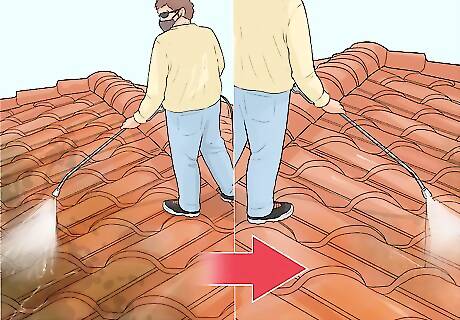
Start on one side and work your way to the other side. Starting on one side of the roof and working your way backwards to the other end will make it easy for you to remain in a dry location. The need to walk on wet tiles will virtually be eliminated, or at the very least, dramatically minimized.

Spray the roof with plain water to dislodge loose dirt and debris. Using a pressure washer set to a low psi, rinse loose debris off your roof with clean water. Start at the ridge of your roof (the top) and spray down toward the gutters. Doing this ensures that debris is always heading in the right direction – off your roof. Once you finish one small section, move over and work on the next one, always starting at the ridge and working down to the gutters. Allow the roof to dry completely before applying the chemical solution. If you don’t own one, a pressure washer can be rented for the day from most hardware stores.

Apply a chemical treatment formulated to kill plant life. Moss, lichen, algae and other organic growths are the major issues when it comes to cleaning tile roofs, especially moss. Fill your pressure washer with an anti-moss/fungicide cleaning solution, mixing it as the product instructs. Use a low psi to spray the tiles with the treatment, starting on one side and slowly working your way to the opposite side of your roof. There are many products available at hardware stores to treat your tile roof. Make sure it includes a fungicide and advertises that it kills organic growth. Look for words like “anti-moss” “fungicide” “moss killer” and so on.
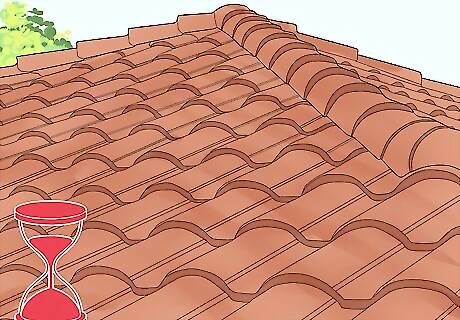
Allow the treatment to soak according to the instructions. Most products will direct you to let the treatment sit on the tiles for several minutes (or longer) so that the tile soaks it up. Allowing the chemical treatment to seep into the pores of the tile ensures that moss and other organic growths are fully eliminated. Follow the product instructions for specific time frames.
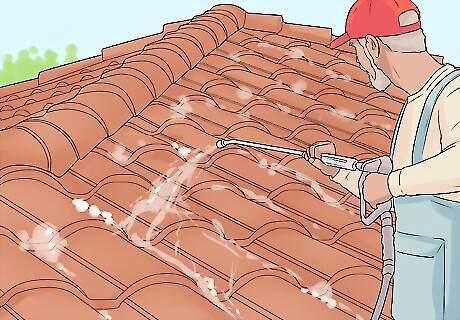
Rinse the chemical treatment off. Using a slightly higher psi, start rinsing the treatment off your roof with clean water. As before, start at one end and work your way to the other. Direct the spray at the top of the ridge and spray downward so that the treatment runs off the roof, taking moss, lichen and dirt along with it. Spend a little extra time on the areas with the most moss and staining; the pressure of the water will loosen any stubborn remains.
Maintaining Your Roof
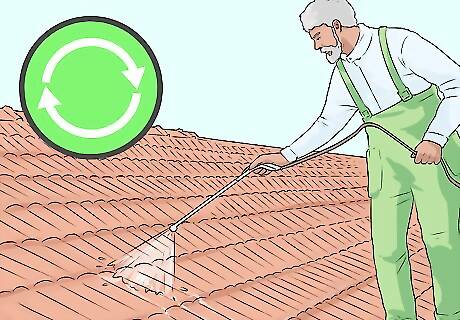
Perform regular cleanings. Development of moss and other organic growths will vary, depending on the climate where you live. Once you see these growths start to appear on your roof, go through the cleaning process to remove them as soon as possible. Organic growths multiply quickly, so the faster you nip them in the bud, the better.
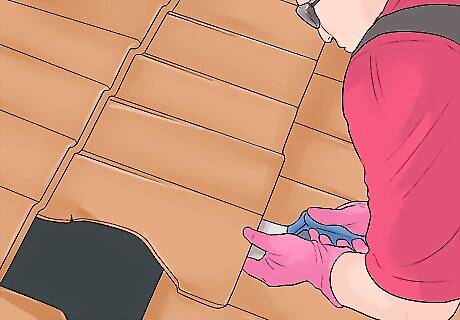
Repair minor damage as needed. Damaged tiles invite mold spores and mildew to grow on your roof more quickly than they would otherwise. Minor damage can become major and costly unless dealt with in a timely manner. Routinely inspect your roof for damage, especially after inclement weather. Replace and repair the tiles as needed.
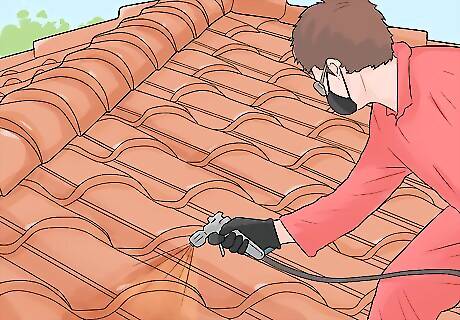
Consider resealing, repriming and repainting the tiles. Immediately after you clean your tile roof is the perfect opportunity to strengthen it with a fresh coat of sealer, primer and paint. You don’t need to do this each time you clean your roof, but keep this in mind and take the opportunity to do it every few years, immediately after a treatment.




















Comments
0 comment